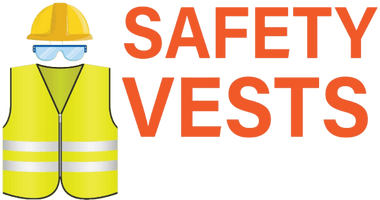Disposable Hazard Clothing is a type of protective clothing that helps protect people from hazardous materials and environments. It is designed to be worn one time and then disposed of, as it can no longer be used after it has been worn and exposed to hazardous materials. Disposable Hazard Clothing is used in many different industries, from construction and manufacturing to medical and food service, and can protect people from a range of hazards, such as chemical spills, fire, heat, and even radiation.
Disposable Hazard Clothing is commonly used in industrial and manufacturing settings, where hazardous materials and environments are present. It is designed to be lightweight, breathable, and durable, so that workers can move around easily and be protected from any hazards they may encounter. Disposable Hazard Clothing can include items such as coveralls, shoe covers, aprons, and gloves. It is also typically brightly colored to make it easy to see in a busy environment.
Disposable Hazard Clothing is most often used to protect people from chemical spills, fire, and other hazardous materials. When working with flammable liquids or other hazardous materials, it is important to wear the proper protective gear to prevent injury or illness. Disposable Hazard Clothing is designed to be fire resistant and to resist the absorption of any hazardous materials that may come in contact with it. It also helps prevent skin irritation and respiratory problems from exposure to hazardous materials.
Disposable Hazard Clothing is also used in medical settings, such as hospitals and clinics, to help protect staff from exposure to blood borne pathogens, viruses, and bacteria. Disposable Hazard Clothing is designed to be fluid resistant, so that it can help protect the wearer from contact with any bodily fluids. It is also designed to be lightweight and breathable, so that medical professionals can move around easily and still be protected.
Finally, Disposable Hazard Clothing is also used in food service settings, such as restaurants and catering companies. Disposable Hazard Clothing is designed to be lightweight and breathable, so that food service workers can move around easily and still be protected. It is also designed to be fluid resistant, so that it can help protect the wearer from contact with any food or beverage spills.
In conclusion, Disposable Hazard Clothing is an essential type of protective clothing that is used in many different industries, from construction and manufacturing to medical and food service. It is designed to be lightweight, breathable, and durable, so that workers can move around easily and be protected from any hazards they may encounter. Disposable Hazard Clothing can help protect people from chemical spills, fire, heat, radiation, and other hazardous materials, as well as from contact with any bodily fluids or food and beverage spills.
Phone: 1-877-240-3646


